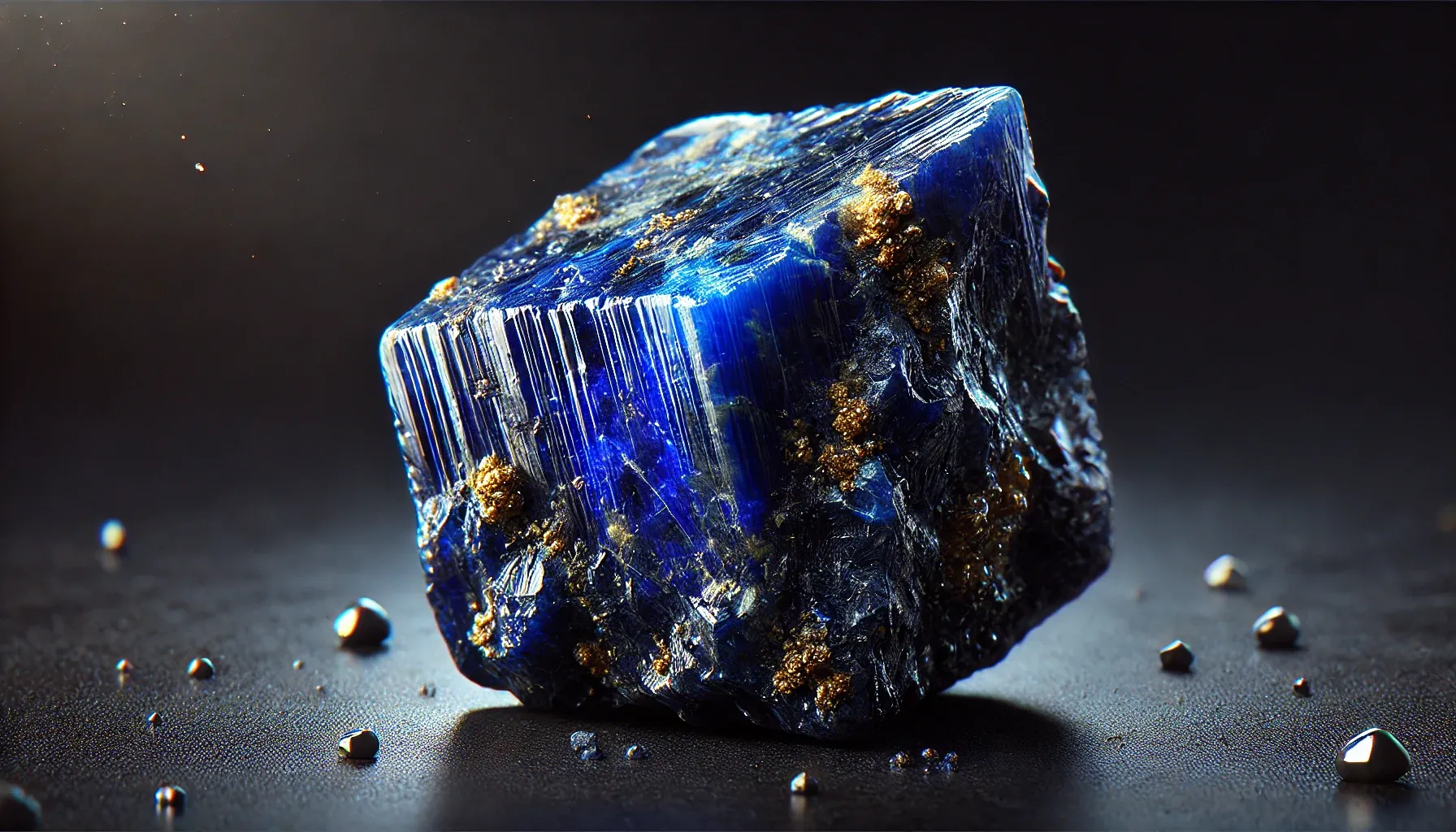UPSC
The Hindu Briefs
Lapis Lazuli: Earth’s Blue Treasure
Last Updated
24th March, 2025
Date Published
24th March, 2025
Share This Post With Someone

Context:
This analysis explores the properties, historical significance, and geological origins of lapis lazuli, a vivid blue semi-precious rock valued for millennia. The piece highlights its cultural and scientific importance, offering insights into ancient trade, art, and mineralogy as of March 24, 2025.
- Definition: Lapis lazuli is a strikingly blue rock, often flecked with golden pyrite, prized as a semi-precious gemstone for its intense color derived from the mineral lazurite (25-40% composition).
- Color Factors: Its blueness stems from sulphur in lazurite; calcite dulls the hue, while pyrite adds golden streaks, with minor minerals like diopside and sodalite also present.
- Global Sources: Found in Chile, Russia, and the U.S., but the finest quality originates from Afghanistan’s Badakhshan province, mined for over 6,000 years.
- Ancient Trade: In India, traders imported it from Badakhshan as early as 1000 BCE; Indus Valley sites like Mohenjo-daro and Harappa yield lapis ornaments, evidencing early exchange networks.
- Egyptian Use: Ancient Egyptians crafted jewelry from it and ground it into eye shadow powder, showcasing its luxury status around 2500 BCE.
- Renaissance Art: In Europe’s Renaissance (14th-17th centuries), artists pulverized lapis into ultramarine pigment, an expensive blue used in masterpieces, symbolizing wealth.
- Etymology: Named from Latin “lapis” (stone) and Persian “lazhward” (blue), reflecting its cross-cultural journey and identity.
- Historical Misnomer: Known as “sapphire” in ancient texts like the Old Testament until modern sapphire (corundum) was distinguished, indicating early mineral confusion.
Key Terms:
- Lapis Lazuli: Vivid blue semi-precious rock valued for its color and historical use.
- Lazurite: Primary mineral (25-40%) giving lapis its blue hue due to sulphur.
- Pyrite: Mineral causing golden flecks in lapis lazuli.
- Calcite: Mineral that can reduce lapis lazuli’s blueness.
- Badakhshan: Afghan province famed for high-quality lapis mining for 6,000+ years.
- Ultramarine: Expensive blue pigment made from ground lapis in Renaissance art.
- Indus Valley: Ancient civilisation (e.g., Mohenjo-daro) using lapis in ornaments.
Link To The Original Article – https://www.thehindu.com/sci-tech/science/what-is-lapis-lazuli/article69361448.ece